In the annals of automotive history, few cars hold the prestige and allure of the Buick Y-Job. Introduced in the late 1930s, this masterpiece wasn’t just another car—it was a vision of the future. As the world’s first-ever concept car, the Y-Job wasn’t designed for the open market, but to showcase what was possible. Join us as we delve deep into the legacy of this iconic vehicle, from its groundbreaking design elements to its lasting impact on the industry.
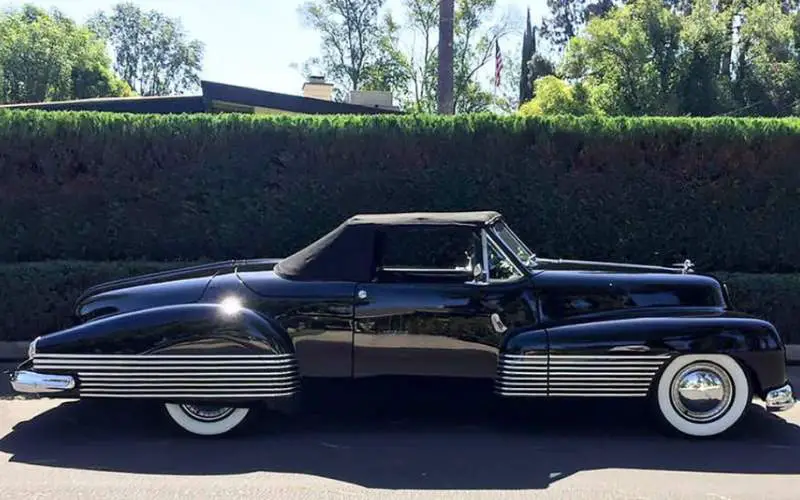
The Man Behind the Vision: Harley Earl
When one discusses the luminaries of the automotive world, it’s impossible not to spotlight Harley Earl. As one of the industry’s most influential figures, Earl’s contributions transcended mere design. He revolutionized how cars were perceived, taking them from mere transport utilities to symbols of style, status, and forward-thinking engineering.
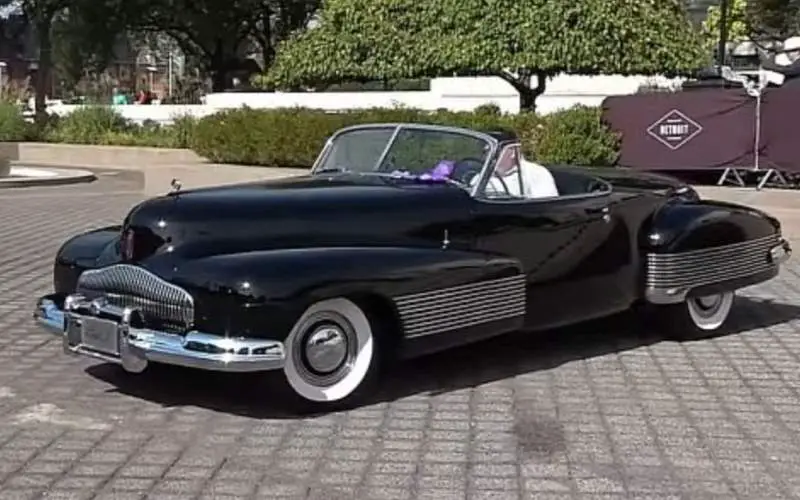
Harley Earl’s influence radiated throughout the industry, introducing concepts and design philosophies that shifted the automotive landscape. But among his myriad contributions, one stands out distinctly: the conception of the Buick Y-Job.
This wasn’t just another car for Earl; it was a testament to his vision for the future of automobiles. His belief that cars could be both aesthetically captivating and functionally advanced culminated in the Y-Job, setting the foundation for future concept cars and reinforcing the importance of innovation in automotive evolution.
Concept Cars: Defining the Term
To the uninitiated, a car is often just a mode of transport, a blend of metal, glass, and rubber that takes you from Point A to Point B. Yet, in the realm of automotive design, there exists a category of vehicles that surpasses this utilitarian perspective: the concept cars. But what truly constitutes a ‘concept car’?
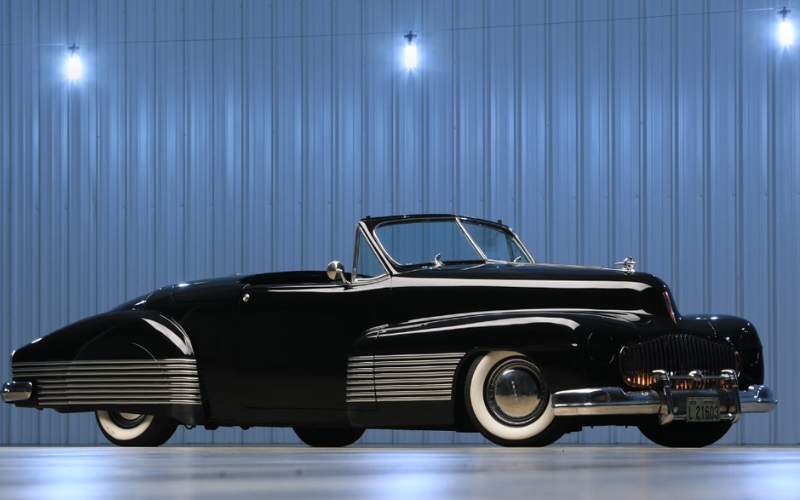
At its core, a concept car is an embodiment of innovation, a tangible representation of a manufacturer’s vision for the future. It isn’t necessarily about production feasibility, but rather, exploring the limits of what’s possible in design and technology. These cars push boundaries, challenging prevailing norms and sparking new trends.
By existing outside the constraints of mass-market considerations, concept cars serve as experimental platforms, driving evolution in aesthetics, functionality, and technological prowess. In essence, they’re not just cars; they’re declarations of ambition, signaling where the automotive world aspires to go.
Design Elements that Made History
Every so often, a design emerges that doesn’t just capture the imagination; it reshapes the future. The Buick Y-Job stands as a stellar example of this transformative prowess. What set the Y-Job apart were not merely its specifications, but a series of groundbreaking design elements.
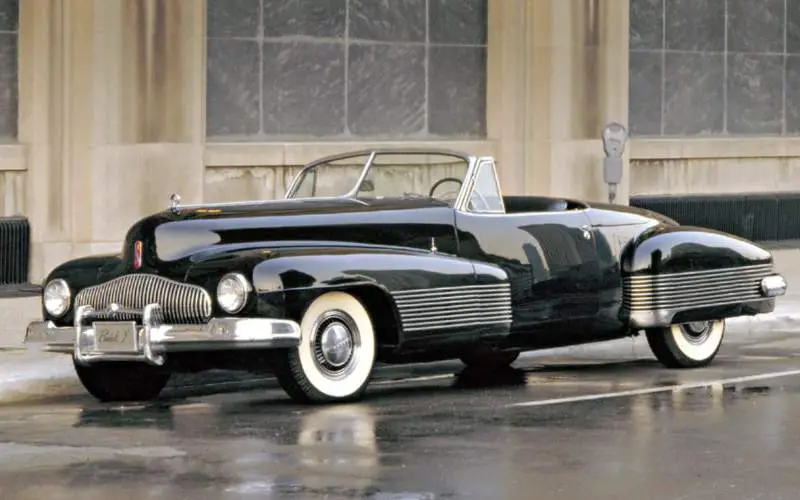
Take, for instance, its hidden headlights – a feature that melded functionality with sleek aesthetics. The car’s deliberate omission of running boards heralded a departure from tradition, emphasizing its streamlined silhouette. But the Y-Job was more than an accumulation of innovative features; it symbolized a pivotal shift in automotive design philosophy.
No longer was a car merely about getting from one place to another. With its fluid curves, chrome accents, and bold design choices, the Y-Job showcased a blend of style and substance, heralding an era where cars would be celebrated not just for their practicality but for their aesthetic appeal. In its essence, the Buick Y-Job wasn’t just a car; it was a statement, a vision of what the automobile could aspire to be.
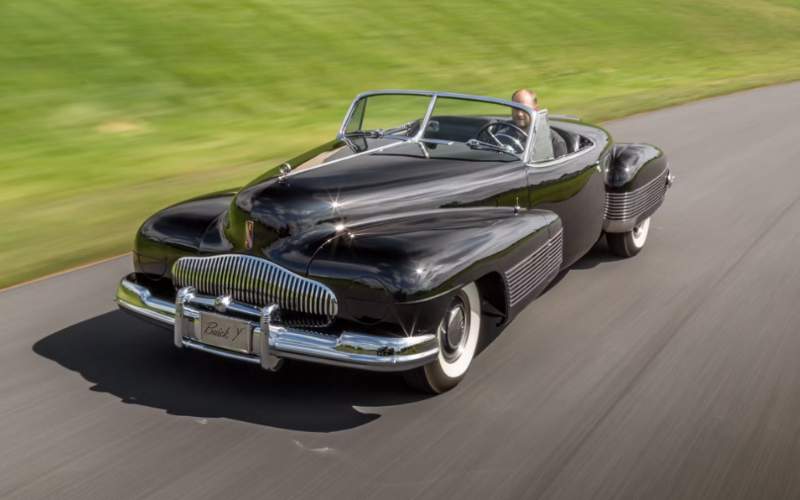
Under the Hood: The Y-Job’s Mechanical Marvels
The Buick Y-Job wasn’t merely a work of art on the outside; beneath its sculpted exterior lay a heart engineered with precision, innovation, and foresight. During an era when cars were largely analog and standardized, the Y-Job stood out as a beacon of advanced engineering.
Its mechanics were a symphony of state-of-the-art components and systems, many of which were unprecedented for its time. While contemporaneous vehicles focused largely on fulfilling basic transport needs, the Y-Job dared to dream bigger, integrating features and technologies that elevated its status beyond mere transportation.
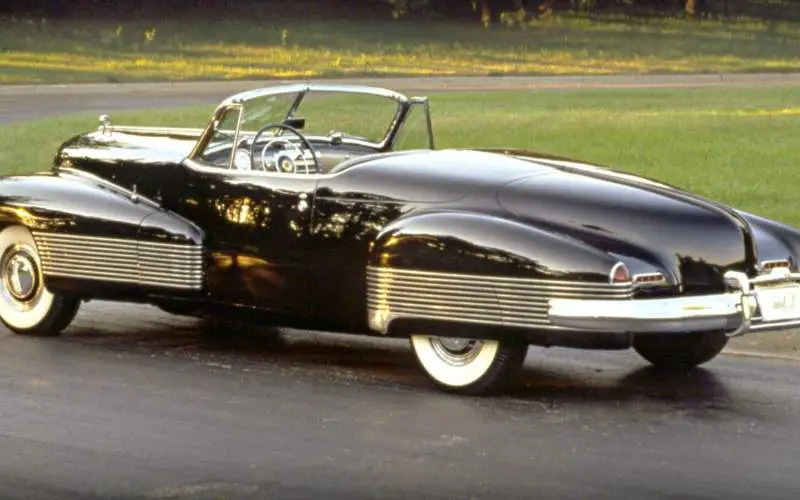
In comparison to its market peers, it wasn’t just superior; it was in a league of its own. It didn’t merely compete – it set the standard. This mechanical prowess combined with its design innovations made it clear: the Y-Job was not just about the present; it was a glimpse into the future of automotive evolution, a testament to what was possible when imagination met engineering excellence.
Legacy of the Buick Y-Job
The pages of automotive history are punctuated with iconic models, but few have left an indelible mark quite like the Buick Y-Job. Its echoes are not just found in historical recounts but are vibrantly alive in the lines, curves, and visions of modern concept cars.

Today, when we marvel at the audacious designs and cutting-edge features of contemporary concept vehicles, we’re witnessing the legacy of the Y-Job. It was this pioneering Buick that set the precedent, proving that cars could be more than mere machines; they could be dreams molded into metal, visions brought to roaring life.
Beyond its individual brilliance, the Y-Job also ignited a tradition within Buick itself. The brand, inspired by its own groundbreaking creation, has since carried the torch of innovation, consistently pushing the envelope in design and technology. This commitment to pioneering progress ensures that Buick doesn’t just honor its past but actively shapes the future, solidifying the Y-Job’s place not as a relic of bygone days, but as a timeless beacon of automotive ambition.
Wrap Up
The Buick Y-Job wasn’t just a car; it was a revolution on wheels, setting the gold standard for automotive innovation. Its legacy, still evident in modern concept cars and Buick’s unwavering commitment to design evolution, serves as a testament to the enduring power of visionary thinking in shaping the future of motoring.
